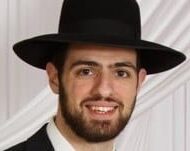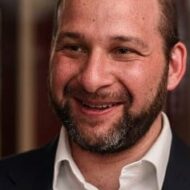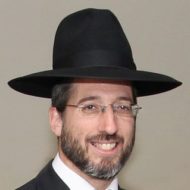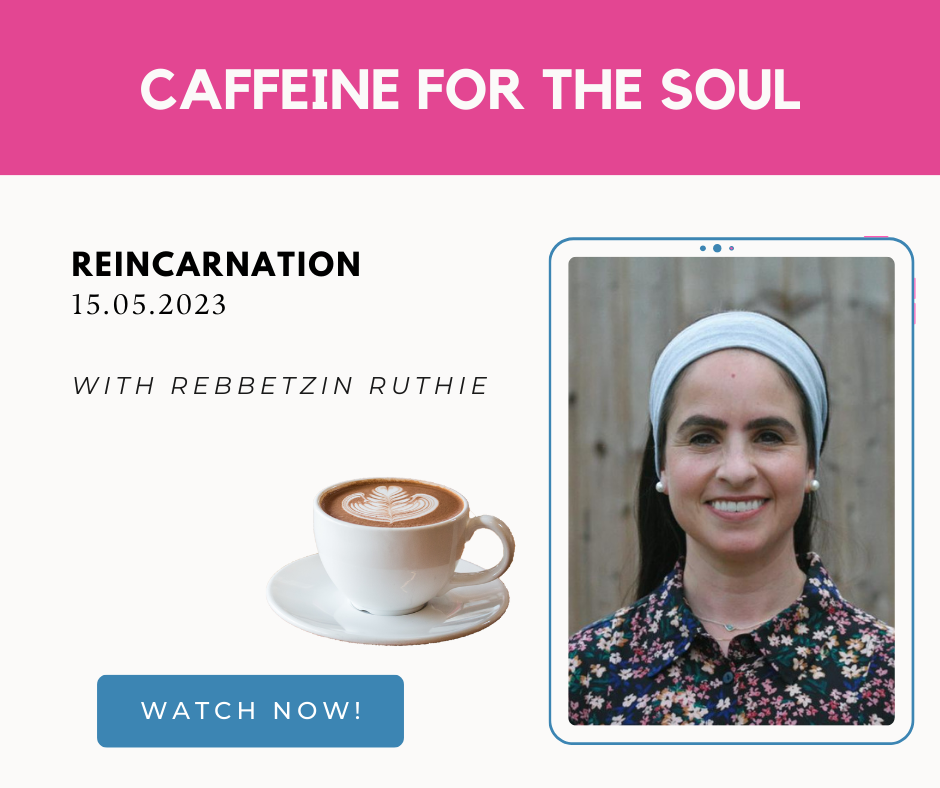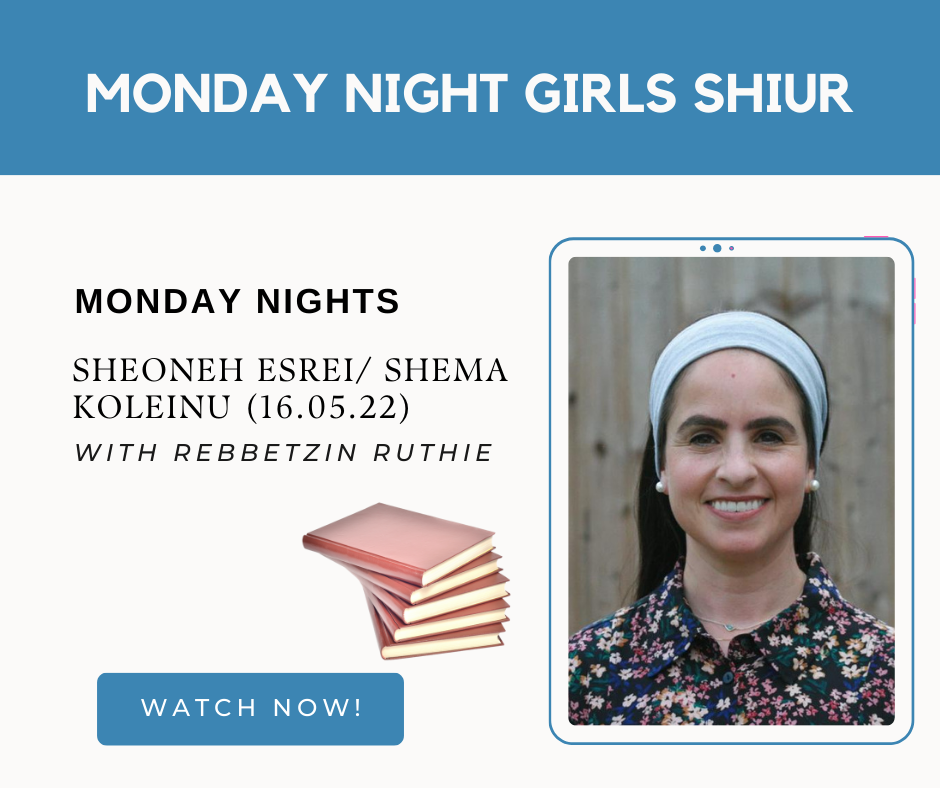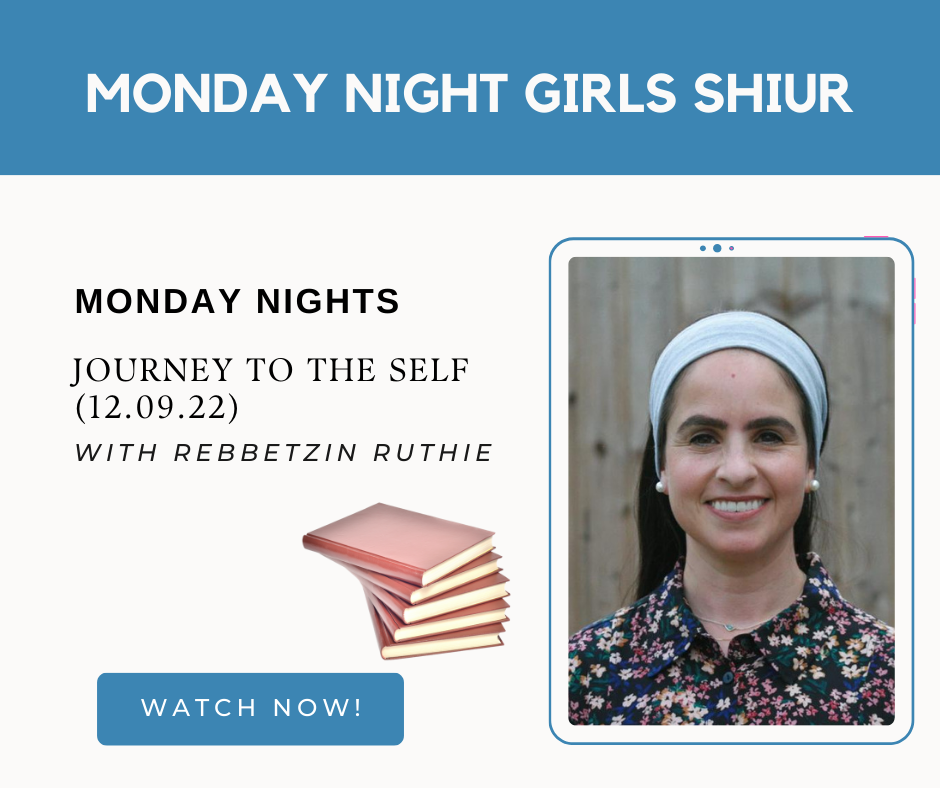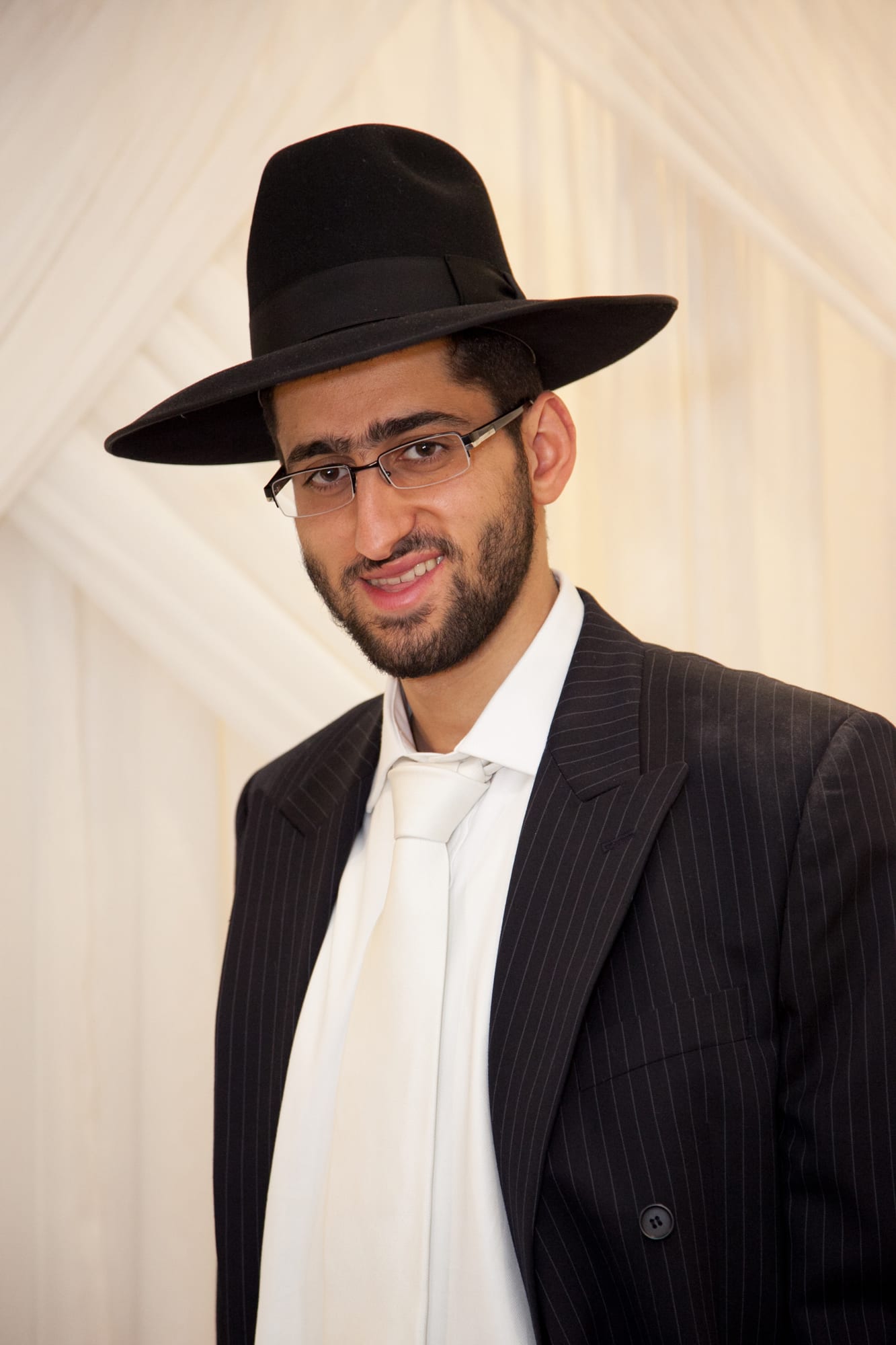
Praying for a סוכה During the Year:
סוכות is a special time of the year. Once a year, for eight days, we have a variety of beautiful מצות to perform.
We seem however to want סוכות the entire year! Every evening of the year, we pray והעמידנו לחיים טובים ולשלום ופרוש עלינו סוכת שלומך – ‘and spread over us the Tabernacle of your peace’. Why are we praying for huts on a nightly basis? What do huts have to do with a regular weekday evening?
In order to understand this, it is necessary to delve into the inner dimension of the סוכה.
The Clouds of Glory Represent G-d’s Presence:
Rabbi Eliezer tells us[1] that the reason for sitting in the סוכה is to remind us of the ענני הכבוד, Clouds of Glory, that accompanied עם ישראל during their travels in the wilderness.
Besides the physical benefit of providing shelter and protection, these Clouds also provided an important spiritual benefit, namely the manifestation of Hashem’s שכינה , Divine Presence, that resided amongst עם ישראל. These Clouds were responsible for elevating us and differentiating us from the other nations and from the physical world itself.
Hence, following the sin of the Golden Calf, we were divested of these Clouds. When we left Egypt there was a Divine Presence; after sinning the שכינה left us and there were therefore no more Clouds of Glory. As long as the שכינה resided amongst us, the clouds accompanied us. When the שכינה left us, so too did the Clouds leave us[2].
The Uniqueness of Jewish Festivals:
It is axiomatic that Jewish festivals are not merely a commemoration of historical events but rather a chance to relive the experience of the festival in question. It has been said that there is no word for ‘History’ in Biblical Hebrew[3]; the Jewish calendar does not have historical events but rather re-experiences. It follows therefore that סוכות is a time of the year when one can tap in to the experience of the Clouds and consequently, the שכינה which the Clouds represent.
It seems from the רמח”ל[4] that the הארה והשפעה, illumination and spiritual energy, of these Clouds is available to a tsaddik the entire year round; whereas for the regular Jew it is only available on סוכות. Why the distinction?
The Body and Soul:
The dichotomy of the human composition is documented in many sources. Man consists of two qualitatively different parts: the גוף, body, and the נשמה, soul. The גוף gravitates towards the mundane and carnal elements of this world, requiring food, drink, sleep and a livelihood; the נשמה conversely is inclined to the spiritual, sublime and the transcendent. Life is a constant tug of war between these two contradictory essentials; the גוף pulling Man to the material and the נשמה pulling Man up to the spiritual.
For the vast majority of us, these two elements are in combat for the duration of our lifetimes. There will be times when the נשמה is victorious; other times when theגוף is. Rarely though is there שלום, peace, between the גוף and נשמה.
The real צדיק however has learnt to live with the גוף and נשמה in peace. The גוף is only exercised for spiritual endeavours. Sleep, food and all the other base drives are all used for lofty goals. When the צדיק eats, he is engaging in a spiritual activity and thus no conflict exists between the Body and Soul[5].
Clouds for the Tsaddik the Entire Year:
The Clouds were in existence as a manifestation of the שכינה. The שכינה however, is only present when there is שלום[6].
For the one who has elevated his material needs to spiritual, he is in a constant state of שלום and hence has the ability to receive the הארה of the Clouds the entire year round. Most of us however, are unable to reach that state of being and do not receive the הארה of the Clouds.
There is, however, one time of the year where even the simple Jew can have peace between his גוף and נשמה. And that is סוכות. On סוכות, even the coarsest elements of our existence are elevated to spiritual achievements. Food and sleep suddenly become actions that are worthy of reciting a ברכה over[7].
סוכות, therefore, is the time where there is שלום between the Body and Soul and hence the ability to receive the הארה of the Clouds, representing that close connection with the שכינה. On סוכות therefore, even the simple Jew has the ability to achieve the illumination of the Clouds.
The תפילה of השכיבנו:
This could be what we pray for in השכיבנו. We ask for הקב”ה to awaken us to חיים טובים ולשלום. It is well known[8] that when we pray for חיים טובים, we ask for a positively physical existence; whereas חיים alone is a spiritual life.
We therefore entreat הקב”ה firstly for חיים טובים; for the material blessings we need. We then proceed to pray for שלום; perhaps understood in light of the aforementioned, as a spiritual request.
The result of שלום is ‘ופרוש עלינו סוכת שלומך’, that G-d will rest His Sukkah of Peace upon us; i.e. that we will merit to live a life each and every day (and not just during the festival of סוכות) of an elevated existence with peace between our body and soul and thereby being able to experience the Divine connection (symbolised by the סוכה) on a regular basis throughout the year.
[1] גמ’ סוכה י”א: ונפסק בשו”ע סי’ תרכ”ה
[2] See, for example, גר”א, אדרת אליהו פרשת כי תשא פרק ל”ד
[3] זכרון is memory which has a different connotation. Those with an etymological spin like to explain ‘history’ as ‘his story’ whereas זכרון is ‘memory’!
[4] כן נראה לי לבאר את דברי הרמח”ל בספרו דרך ה’ חלק ב’ פרק ח’ אות ב’ ד”ה ענין הסוכה, דאם לא כן דברי הרמח”ל לכוארה מוקשים אהדדי, ואשמח לקבל ביאור אחר בדבריו הקדושים.
[5] See for example מסילת ישרים פרק כ”ו ד”ה ותראה עתה ההפרש
[6] סוטה י”ז. איש ואשה זכו שכינה שרויה ביניהם
[7] In practice though a blessing is not recited for sleep and certain types of food; עי’ שו”ע או”ח סי’ תרל”ח סעי’ ח’
[8] See for example מאמר החכמה להרמח”ל וסידור יעב”ץ שער הפינה לראש השנה
